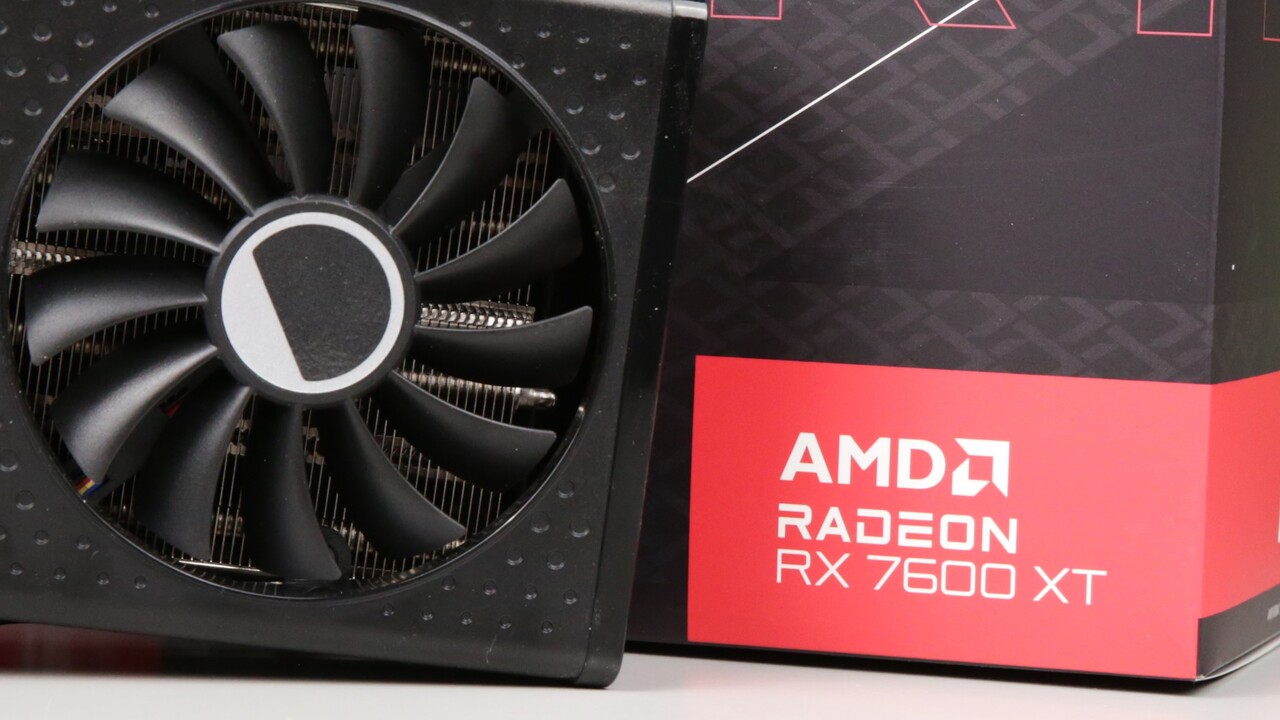Bondrewd
Veteran
Yea.is that true?
Follow along with the video below to see how to install our site as a web app on your home screen.
Note: This feature may not be available in some browsers.
Yea.is that true?
with 12 CU ....
I'm aware, but last generation the 680M was only rated for 2.4 GHz boost. (Not clear if 3 GHz is base or boost).with 12 CU ....
Same as RMB.with 12 CU ....
Peak clk, just like every APU since Renoir.Not clear if 3 GHz is base or boost


How do they get 16GB on 128bit? I thought GDDR6 topped out at 16Gb. Clamshell?7600XT reviews are out.

AMD Radeon RX 7600 XT 16 GB im Test
AMDs Radeon RX 7600 XT bietet etwas mehr Leistung als die RX 7600, mit 16 GB aber vor allem einen doppelt so großen VRAM.www.computerbase.de

Sapphire Radeon RX 7600 XT Pulse Review
The Sapphire Radeon RX 7600 XT Pulse is priced at the AMD MSRP of $330, offering 16 GB of VRAM for future-proofing. It comes equipped with an excellent dual-slot cooler, providing good noise levels and temperatures.www.techpowerup.com
The card is ~5% faster than 4060 for ~10% higher price. 16GBs of VRAM is an added bonus vs the ~10% performance deficit vs 4060 in RT.
Compared to 7600 its +10% w/o RT but that jumps to +15-25% with RT.
Seems like a fine product for those who want 16GBs for cheap but don't want to mess with Intel products.
If it's the same as on 4060Ti16 then they double the number of chips, so yes.How do they get 16GB on 128bit? I thought GDDR6 topped out at 16Gb. Clamshell?
Yeah it's a clamshell.How do they get 16GB on 128bit? I thought GDDR6 topped out at 16Gb. Clamshell?

 www.evp.cloud
www.evp.cloud

 www.evp.cloud
www.evp.cloud
Nice. If it keeps coming down it could end up like the 6700XT, aka the best value card of the generation. 6700XT was originally $480 and came down to $350 and even less for quite a while before they were gone.Also 7700XT gets official price reduction down to $420 from $450.
None of the N3x parts have that much time left to live.Nice. If it keeps coming down it could end up like the 6700XT, aka the best value card of the generation. 6700XT was originally $480 and came down to $350 and even less for quite a while before they were gone.
Same total power envelope of Phoenix and mostly same process.RDNA 3,5 in Strix is clocked at 2,9Ghz now
https://www.amd.com/en/products/processors/laptop/ryzen/300-series/amd-ryzen-ai-9-hx-370.html
https://www.amd.com/en/products/processors/laptop/ryzen/300-series/amd-ryzen-ai-9-365.html
so magic frequency fix is not happening ...
I am not saying it´s bad, it was reaction to Bondrew claim, that on Computex we will see how AMD fixed frequency of RDNA3 with RDNA3.5 and it´s just 100Mhz over Ryzen 9 7940HSSame total power envelope of Phoenix and mostly same process.
+50% CU AND +200MHz, and there are 12 CPU cores to feed now.
I'd say that there is no magic, but a definite improvement.
